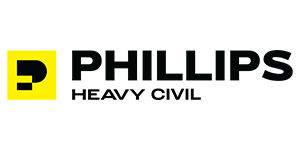Resource
Impacts of some parameters affecting the hydraulic performance of U-shaped side spillways
Side channel spillways are one type of outlet works at dams with wide applications in irrigation and drainage systems and in water and wastewater facilities. When the flow enters the side channel through the end and two side weirs of the spillway, it is called a three-sided spillway. Based on the results of laboratory experiments, the present study investigates the impacts of variation in end-sill elevation and location and the bed slope of the side channel for different inflow rates into a spillway. In these evaluations, variation in flow regime is taken as a qualitative index and the flow turbulence index is taken as a quantitative index. The values for the latter index were calculated from readings of momentary pressures using a datalogger system. The results showed that the sill elevation had the greatest effect on pressure fluctuations and on the hydraulic performance of the side channel in these spillways. Increasing the sill height decreased the quantitative value of the water turbulence index in the side channel. According to the findings of the present study, the location of the sill in relation to the side channel does not have a considerable effect on pressure fluctuations. It was also found that increasing the channel bed slope reduces pressure fluctuations by about 3%. Greater increases in the bed slope cause increased flow turbulence. Increasing the channel bed slope in the reverse (negative) direction had considerable effects on reducing the channel flow turbulence.
































